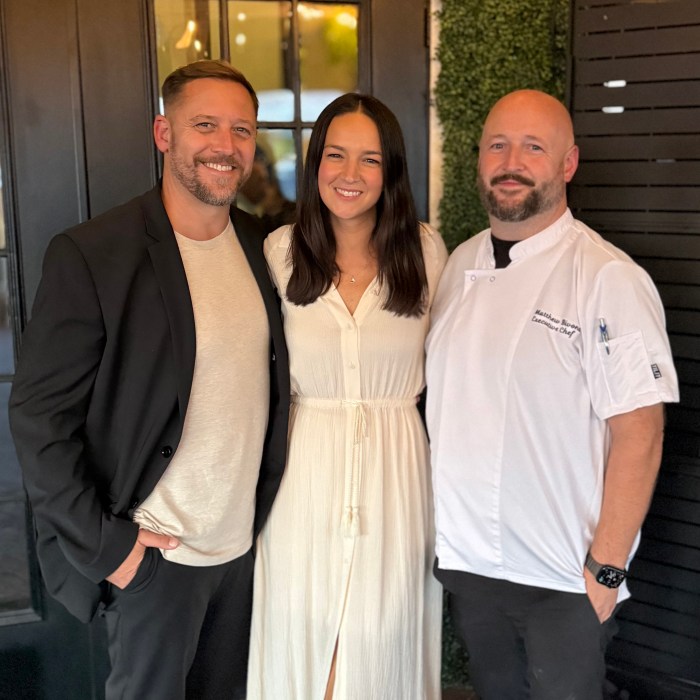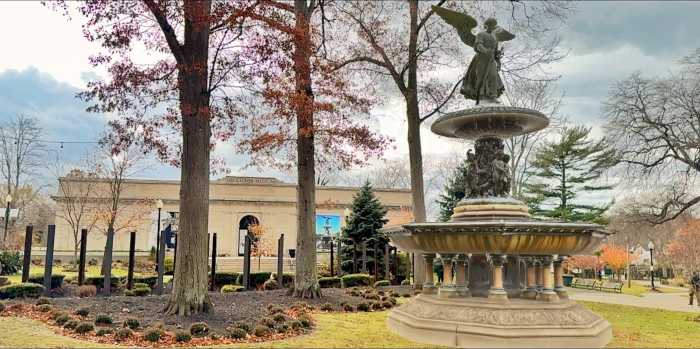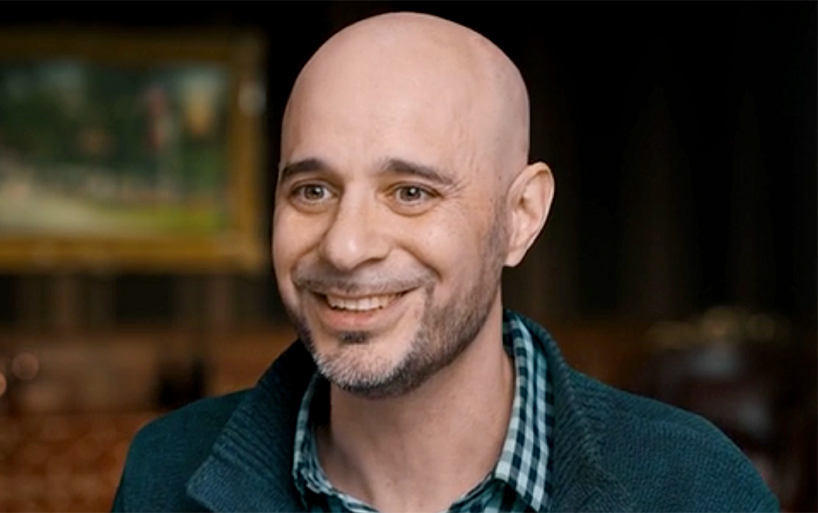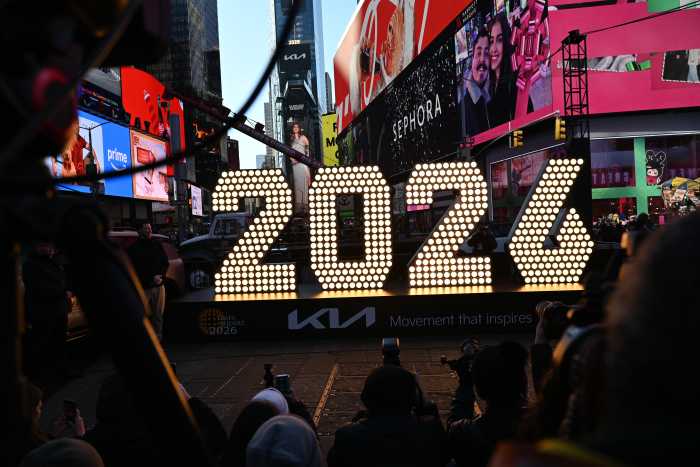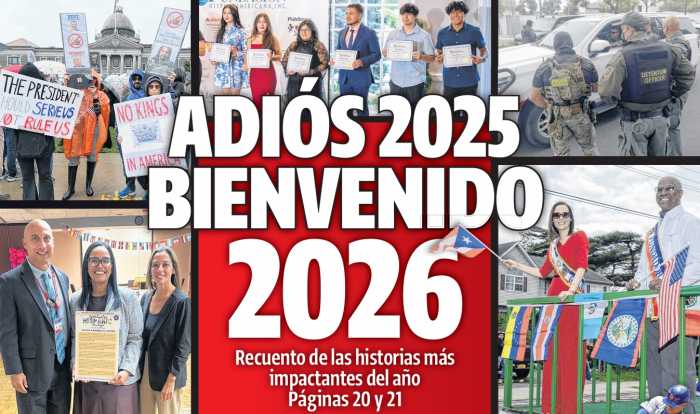Vaccination against disease is one of the major advances in medicine and has helped prevent disease in countless individuals. Despite the importance of vaccination, many people in our country do not get the routine vaccinations which are available. This action places them at risk of getting sick but also places those around them at risk of becoming ill. Which vaccines am I talking about? These vaccines include but are not limited to the influenza vaccine, the Pneumovax or pneumonia vaccine and the hepatitis A and B vaccines. Vaccination receives daily coverage in the news as the United Kingdom has approved one vaccine and it appears likely that the FDA will approve two vaccines for COVID-19 in the coming weeks. These vaccines, once distributed and given to tens of millions of people, will hopefully lead us on a road out of the pandemic and back to some sense of normalcy.
So why don’t many Americans get vaccines? The answer is complex, but usually comes down to several simple issues. Some of the issues are the lack of awareness of need, lack of awareness of availability, lack of awareness regarding safety, and lack of the insurance company to pay for preventive medicine. It is important to recognize that FDA approved vaccines have been thoroughly evaluated tested for safety and efficacy prior to being released to the general public. The COVID-19 vaccines are no exception. Although they were developed in record time by the pharmaceutical industry with financial support from the federal government, these vaccines are undergoing the same scrutiny as any other novel vaccine. When they are approved, it will become essential for all people who have not been previously exposed to COVID to get vaccinated.
So, what do we know about these vaccines? The two vaccines which are on the verge of being approved are the messenger RNA vaccines, one produced by BioNTech in cooperation with Pfizer and the other produced by Moderna. The reported efficacy as defined by the development of COVID antibodies to about 95 percent for both vaccines. Both vaccines will require two injections, three weeks between doses for the Pfizer vaccine and four weeks between doses for the Moderna vaccine. The vaccine will produce no immunity unless both doses are taken. The Center for Disease Control has recommended that the first group of people to receive the vaccine are front line health care workers and elderly people living in nursing homes or skilled nursing facilities.
There are still many important questions regarding these vaccines. Although the efficacy has been reported to be about 95 percent, we do not know how long this immunity will last. Will it be three months, six months, a year or perhaps longer? Another important unknown is will there be periodic boosters needed or will this be like the flu vaccine, which requires yearly inoculations. And it is only after millions of people have received the vaccine that we will know the true efficacy and how well it works in different subgroups of patients such as the immunocompromised, those with multiple comorbidities and those in chronic care facilities. Perhaps equally important is “What is the plan to distribute the vaccine to 330 million Americans in the upcoming months?” We have yet to hear from the federal government regarding a real plan to get this done. Vaccines will not work if our population cannot readily have access.
Some surveys suggest that only 25 percent of some groups will agree to take the vaccine. This potential low vaccination rate will not help us overcome COVID-19. Hopefully, the high efficacy of these vaccines and ongoing pandemic will lead to a greater vaccine acceptance and then allow us all to return to the normal way of life that we all remember.




